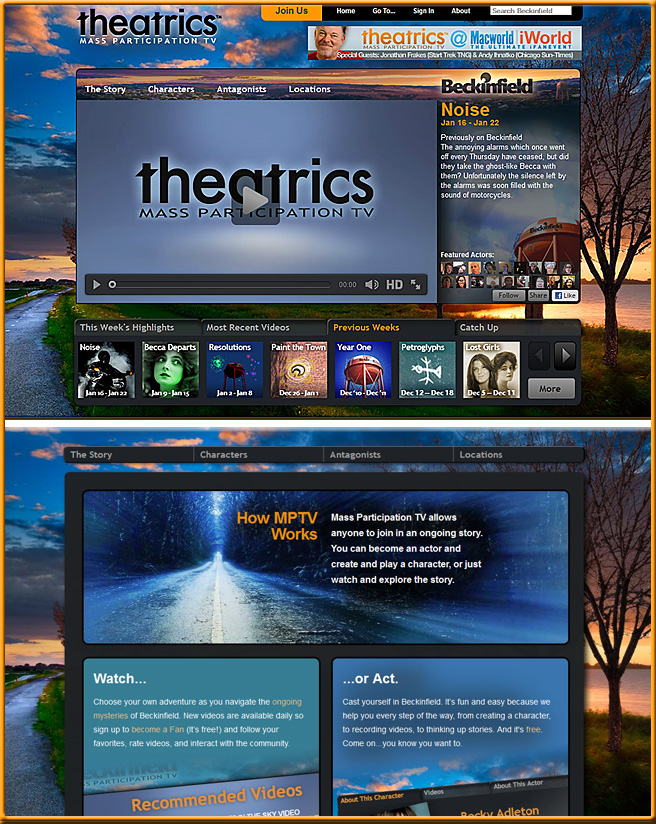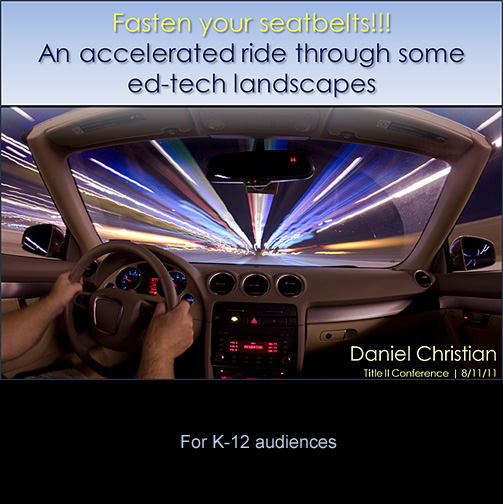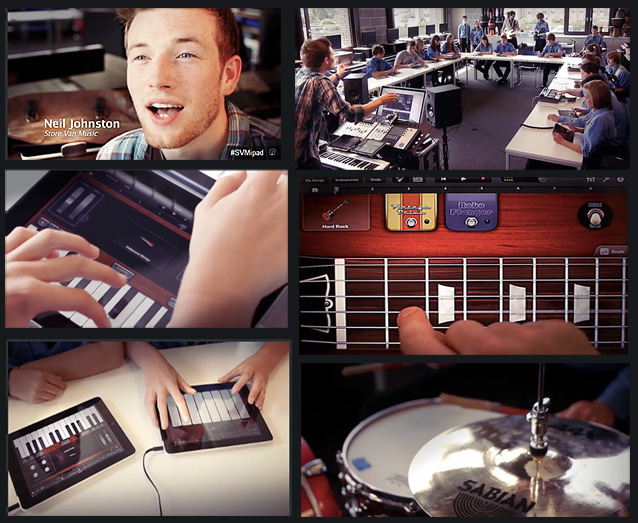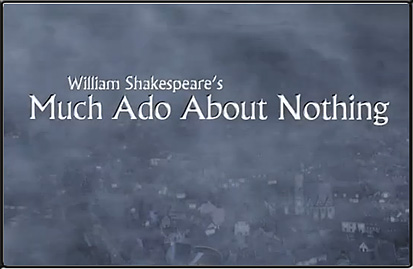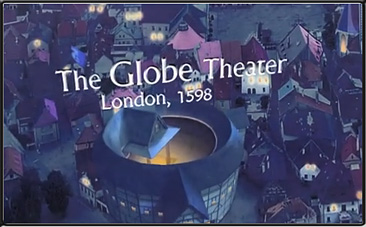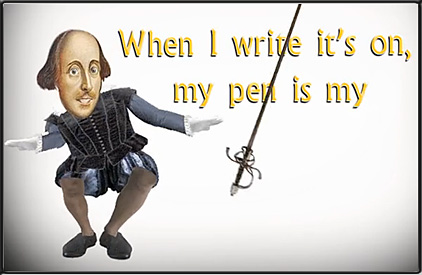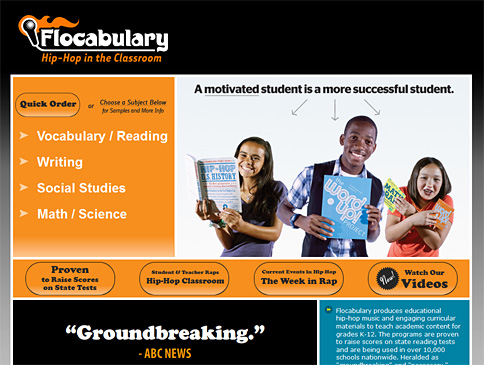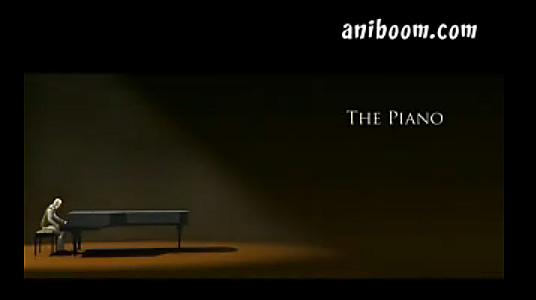Using web video to fine-tune student performance — from The Chronicle by Travis Kaya

For three years, faculty and students at Baruch College of the City University of New York have been honing their public-speaking and presentation skills online with the college’s Video Oral Communication Assessment Tool, or VOCAT, which allows instructors to view and give feedback on uploaded student videos.
After finding success with the tool on campus, developers are now actively searching for ways to take VOCAT to the next level, both beyond Baruch and across academic disciplines. They believe video-sharing on VOCAT has potential application in everything from distance learning and foreign-language instruction to performance arts and industrial trades.
“We’re looking ahead to where it might go,” said Mikhail Gershovich, platform designer and director of the Bernard L. Schwartz Communication Institute at Baruch. “I don’t want this to be just an assessment tool.”
VOCAT allows students to view videos of themselves giving presentations or performances online—all video is taped and uploaded by a college technician—and lets them read and respond to feedback from faculty members. The software also keeps a log of student videos, allowing them to track their progress over the course of a semester…











